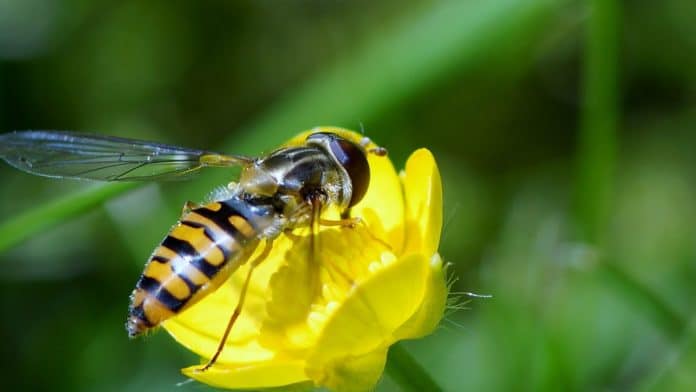Insects originated more than 479 million years ago and comprised over 50% of all described living animals on Earth. This ancient lineage exhibits remarkable diversity concerning, but not limited to, development, behavior, social organization, and ecology. Some studies have argued that the symbionts of host insects are essential contributors to insect diversification.
A new study suggests that microbes and plants might have given insects an evolutionary advantage by passing genes to them through horizontal gene transfer. Horizontal gene transfer (HGT) is an important evolutionary force shaping prokaryotic and eukaryotic genomes.
The study reports that more than 1,400 genes across 218 insect species, including butterflies and moths, originated from bacteria, viruses, fungi, and plants. By enabling insects to acquire advantageous genes in mating behavior, nutrition, development, and environmental adaption, these genes may have been crucial for insect evolution.
Senior author Xing-Xing Shen, an evolutionary biologist at Zhejiang University in Hangzhou, China, said, “Previous studies have shown that HGT may have contributed to insect biodiversity, but nobody knew how large a role it plays in this process. Since there are a lot of high-quality insect genomes available for our analysis, I thought that now is a good time to investigate how prevalent HGT is in insects systematically.”
For this study, scientists gathered 218 high-quality insect genome samples representing 11 of 19 species-rich orders of insects. Using the data, they drew out an evolutionary tree and identified out-of-place genes more commonly found in non-animal genomes. They also examined the factors contributing to the fate of HGT in insects.
Shen said, “There were HGT events everywhere we looked. However, we don’t know whether these transfers of genes are beneficial to the insects, or even the functions for most of these genes.”
Jianhua Huang, who studies insect gene functions at Zhejiang University, said, “Shen walked into my office with a list of more than 1,400 genes, and we had to decide where to start.”
Scientists validated the function of the most prevalent foreign gene without known functions in insects: LOC105383139. This gene was horizontally introduced into nearly all moths and butterflies from a donor in the bacterial genus Listeria. It means this gene has persisted in the genome since the time of moths‘ and butterflies’ common ancestor more than 300 million years ago.
When they deleted this ancient gene from diamondback moths, they found that those moths lacking this gene could not produce many viable eggs.
Huang says, “Then, we found that the gene influences the male courtship behavior.”
Scientists are further planning to continue researching how this gene helps insects to mate more effectively and whether it can be exploited as a pest-control tool.
Journal Reference:
- Yang Li, Zhiguo Liu et al. HGT is widespread in insects and contributes to male courtship in lepidopterans. Cell, 2022; DOI: 10.1016/j.cell.2022.06.014
